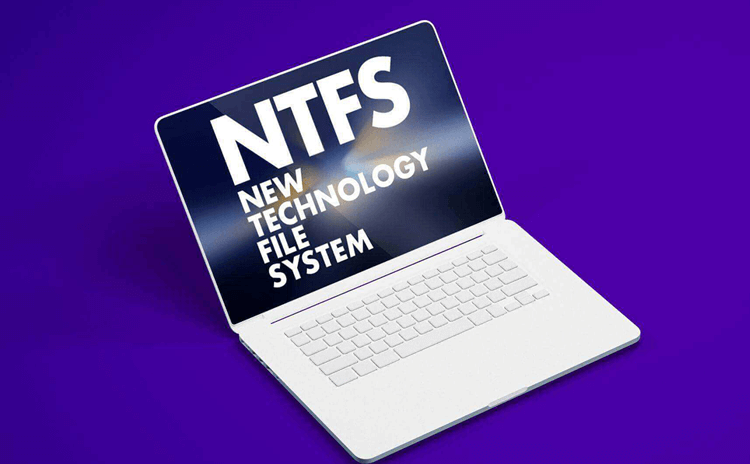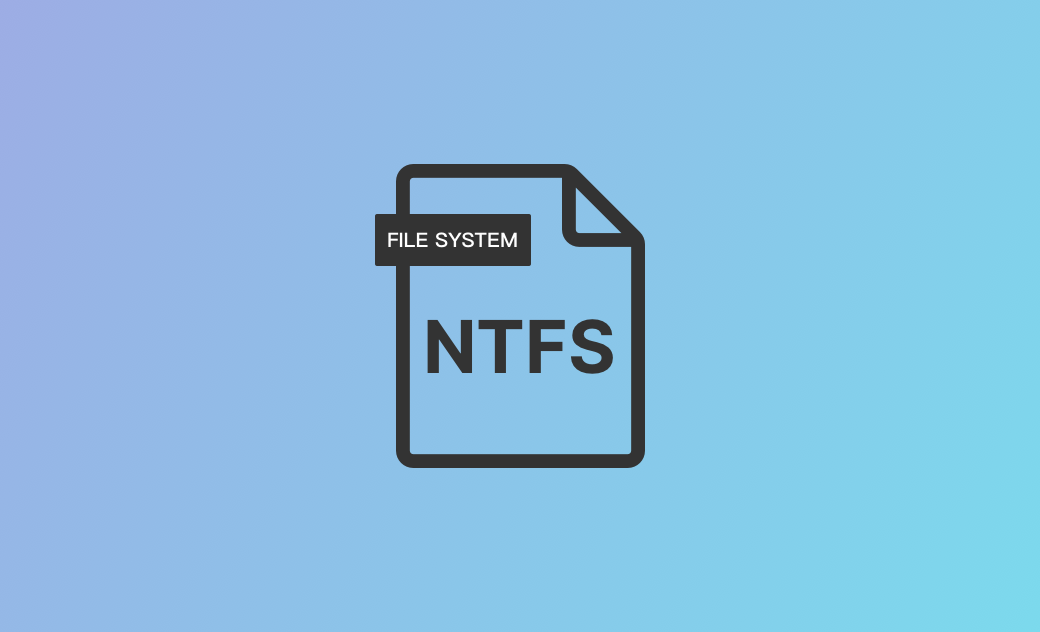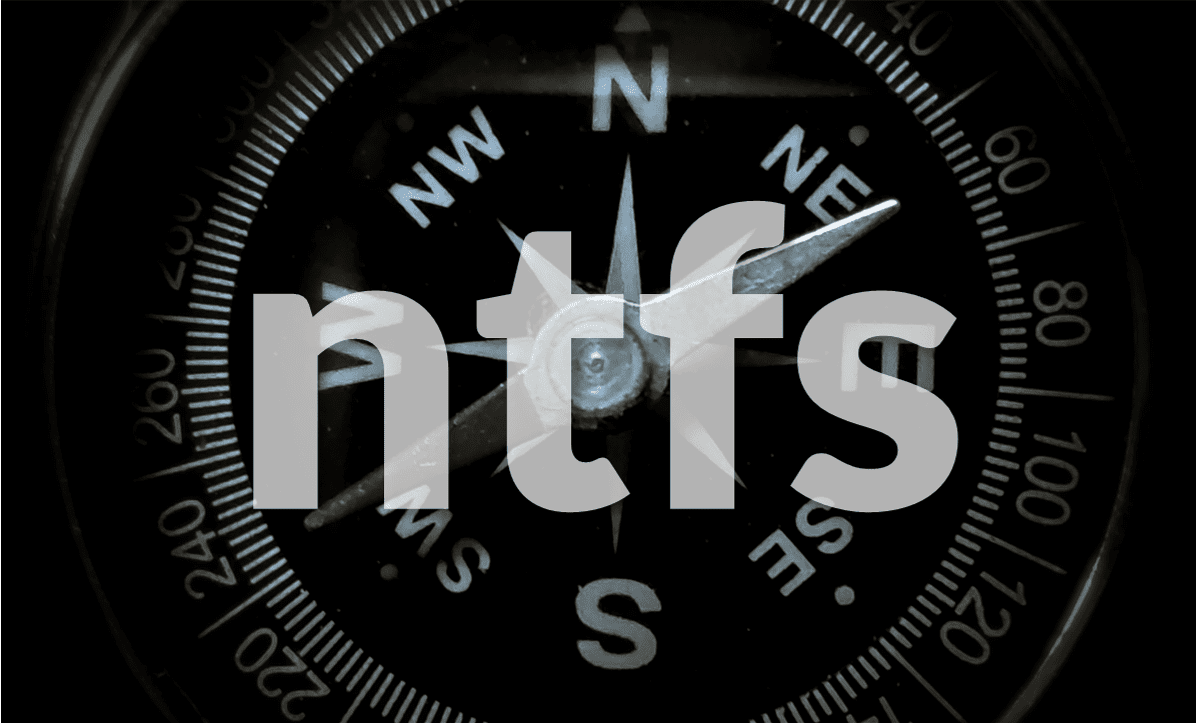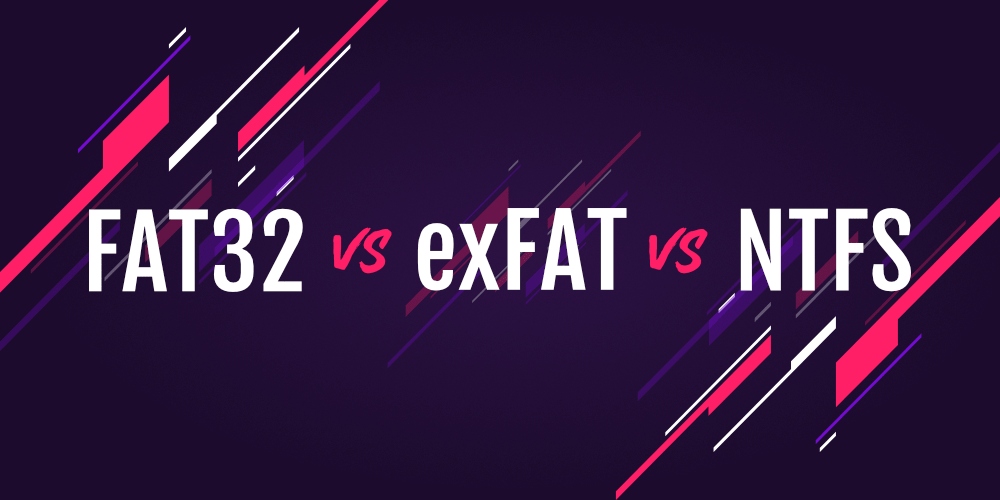
NTFS, which stands for NT file system and the New Technology File System, is the file system that the Windows NT operating system (OS) employs for storing and retrieving files on hard disk drives (HDDs) and solid-state drives (SSDs). NTFS is the Windows NT equivalent of the Windows 95 file allocation table (FAT) and the OS/2 High Performance File System (HPFS). However, NTFS offers several enhancements over FAT and HPFS in terms of performance, extendibility and security.
A computer's OS creates and maintains the file system on a storage drive or device. The file system fundamentally organizes the data into files. It governs how data files are named, stored, retrieved and updated and what other information can be associated with the files -- for example, data on file ownership and user permissions.
NTFS is one form of file system. File systems are generally differentiated by the OS and the type of drive they are being used with. Today, there is also a distributed file system (DFS) where files are stored across multiple servers but is accessed and managed as if it were stored locally. A DFS enables multiple users to readily share data and files on a network and provides redundancy.
How is NTFS used?
Microsoft Windows and some removable storage devices use NTFS to organize, identify and store files. NTFS is an option for formatting SSDs -- where its performance is particularly useful -- HDDs, USBs and micro SD devices that are used with Windows.
Depending on the storage capacity of the device, the OS used and the type of drive, a different file system may be preferable, such as FAT32 or Extended FAT (exFAT). Each file system has benefits and drawbacks. For example, security and permissions are more advanced with NTFS than exFAT and FAT32. On the other hand, FAT32 and exFAT operate better with non-Windows OSes, such as Mac and Linux.
All Microsoft OSes from Windows XP on use NTFS version 3.1 as their primary file system. NTFS is also used on external drives because it has the capacity those drives need, supporting enormous files and partition sizes. NTFS can support up to 8 petabyte volumes and files on Windows Server 2019 and Windows 10, according to Microsoft. The theoretical limit for the individual file size NTFS can support is 16 exbibytes minus 1 kilobyte (KB).
How NTFS functions

When installing an OS, the user chooses a file system. When formatting an SSD or an HDD, consumers choose the file system they'll use. The procedure of formatting each variety of drive is slightly different, but both are compatible with NTFS.
When an HDD is formatted or initialized, it is divided into partitions. Partitions are the main divisions of the hard drive's physical space. Within each partition, the OS maintains account of all the files it stores. Each file is stored on the HDD in one or more clusters or disk spaces of a predefined uniform size.
Using NTFS, the capacities of the clusters range from 512 bytes to 64 KB. Windows NT supplies a recommended default cluster size for each drive capacity. For example, a 4 gigabyte (GB) drive has a default cluster size of 4 KB. The clusters are indivisible, so even the smallest file takes up one cluster, and a 4.1 KB file takes up two clusters, or 8 KB, on a 4 KB cluster system.
Cluster sizes are determined based on balancing a compromise between maximizing use of disk capacity and minimizing the number of disk accesses necessary to get a file. With NTFS, generally, the larger the drive, the larger the default cluster size, because it's presumed that a system user will prefer to have fewer disk accesses and improved performance at the expense of less effective use of capacity.
When a file is created using NTFS, a record about the file is created in the Master File Table (MFT). The record is used to locate a file's presumably dispersed clusters. NTFS searches for a storage space that will contain all the clusters of the file, but it isn't always able to locate one space all together.
Along with its data content, each file contains its metadata, which is a description of its attributes.
NTFS characteristics
One distinguishing characteristic of NTFS, compared with FAT, is that it allows for file permissions and encryption. Notable features of NTFS include the following:
-
Organizational effectiveness. NTFS employs a b-tree directory scheme to maintain account of file clusters. This is significant because it enables for efficient categorization and organization of files.
-
Accessible data. It contains data about a file's clusters and other data in the MFT, not just in an overall governance table as with FAT.
-
File capacity. NTFS supports very enormous files.
-
User permissions. It has an access control list that allows a server administrator control who can access specific files.
-
Compression. Integrated file compression reduces file sizes and provides more storage space.
-
Unicode file nomenclature. Because it supports file names based on Unicode, NTFS has a more natural file-naming convention and allows for lengthier file names with a wider array of characters. Non-Unicode naming conventions sometimes necessitate translation.
-
Secure. NTFS provides security for data on removable and nonremovable disks.
-
Requires less storage. It has support for sparse files that replaces vacant information -- lengthy sequences of zeros -- with metadata that takes up a reduced volume of storage space.
-
Easy volume access. NTFS employs mounted volumes, meaning disk volumes can be accessed as conventional folders in the file system.
Advantages and Disadvantages of NTFS

There are several advantages and disadvantages to using NTFS, which are included below.
Advantages
-
Control. One of the primary features of NTFS is the use of disk quotas, which gives organizations more control over storage space. Administrators can use disk quotas to limit the quantity of storage space a given user can access.
-
Performance. NTFS employs file compression, which reduces file sizes, increasing file transmission speeds and giving businesses more storage space to work with. It also accommodates very enormous files.
-
Security. The access control features of NTFS let administrators set permissions on sensitive data, restricting access to certain users. It also supports encryption.
-
Easy recording. The MFT records and audits files on the drive, so administrators can monitor files that have been deleted, added or modified in any way. NTFS is a journaling file system, meaning it records transactions in a file system journal.
-
Reliability. Data and files can be rapidly restored in the event of a system malfunction or error, because NTFS maintains the consistency of the file system. It is a fault tolerant system and has an MFT mirror file that the system can reference if the first MFT gets corrupted.
Disadvantages
-
Limited OS compatibility. The chief disadvantage of NTFS is limited OS compatibility; it is read-only with non-Windows OSes.
-
Limited device compatibility. Many removable devices don't support NTFS, including Android smartphones, DVD players and digital cameras. Some other devices don't support it either, such as media players, smart TVs and printers.
-
Mac OS X support. OS X devices have limited compatibility with NTFS drives; they can access them but not write to them.
Read Also: Bitcoin Mining Firm Layer1 Accused of Copyright Infringement
How NTFS, FAT32 and exFAT differ

Microsoft developed FAT32 before NTFS, making it the earliest of the three file systems. It is generally considered less efficient than NTFS. It has a reduced 4 GB file size and 32 GB volumes in Windows.
FAT32 is quicker to format than NTFS and straightforward in other respects. Its file allocation table is a less complex means to organize files than the MFT in NTFS. Because it's simpler to use, FAT 32 is more compatible with non-Windows OSes and is used where NTFS generally isn't, such as smart TVs, digital cameras and other digital devices. FAT32 works with every version of Mac, Linux and Windows. As mentioned earlier, NTFS is read-only with Mac and Linux.
ExFAT was designed as an evolution of FAT32 and is the newest of the three file systems. It retains the positive characteristics of FAT32 -- a lightweight, more flexible file allocation system -- while overcoming some of its limitations. For example, FAT32 can only store files of up to 4 GB, while exFAT can manage file capacities of 16 exabytes.
ExFAT does require supplementary software to operate with Mac and Linux systems, but it is more compatible with them than NTFS. It is optimal for when consumers need a larger file size than FAT32 but has more compatibility than NTFS.
The journaling file system in NTFS makes it possible to use the journal to restore data corruption, something FAT cannot do. The MFT in NTFS contains more information about the files being held than FAT's file allocation tables, making for superior file indexing and cluster organization.
The File System Extract
NTFS, FAT32 and exFAT each have assets and weaknesses. However, they are also each used in a variety of computing contexts, from personal computing to the enterprise. NTFS is prominent among the three because of its connection to Windows.
